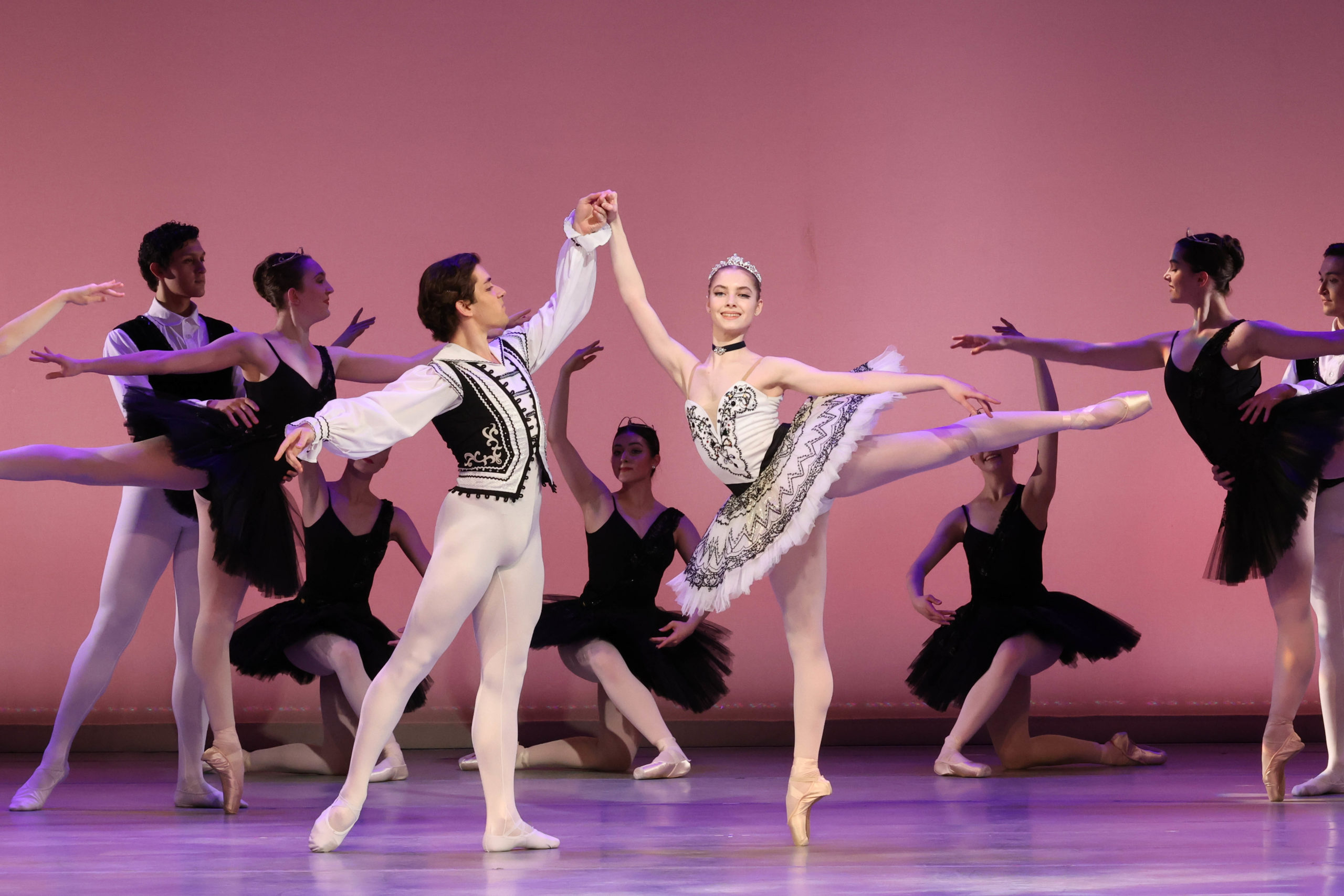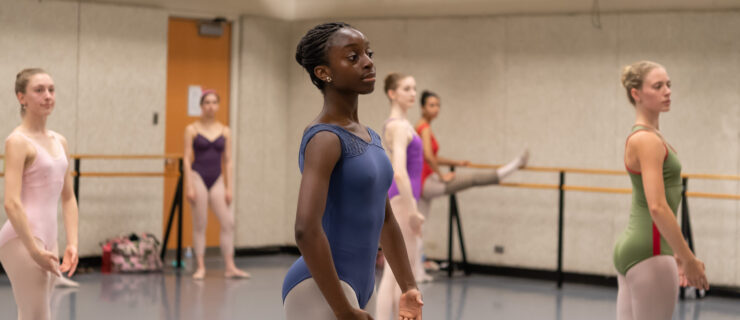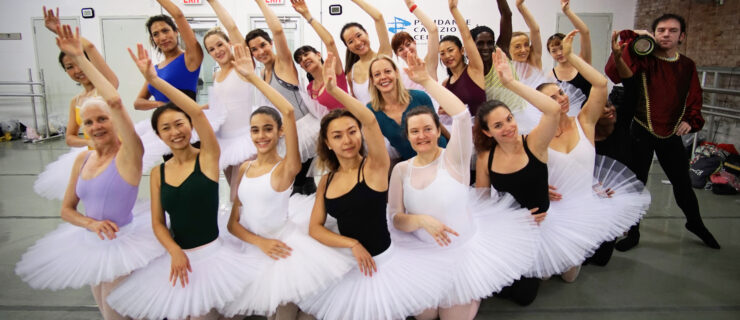At The Washington School of Ballet, Summer Intensives Are Just the Beginning
Noura Sander began her professional career at The Washington Ballet in 2021, dancing in Andile Ndlovu’s B1, an ensemble work that marked the company’s return to the stage after the pandemic shutdown. Although the performance was TWB’s reintroduction to its audience—full of excited new faces—Sander already felt like she belonged onstage.
Her pathway to company life had begun almost five years earlier at The Washington School of Ballet, where its summer and year-round programs built her technique and artistry in unprecedented ways. “Dance can be a competitive space,” Sander says, describing her training experiences prior to TWSB as sometimes feeling “like you’re fighting for your life” in the studio. At TWSB, though, the atmosphere was remarkably different.
Sander began in TWSB’s year-round program in 2016, and then attended the school’s summer programs in 2017, 2018 and 2020, after which she was promoted into the Studio Company and later became a full-fledged Washington Ballet company member in 2022. Though her trajectory is an impressive one, it’s not an uncommon story for TWB dancers.
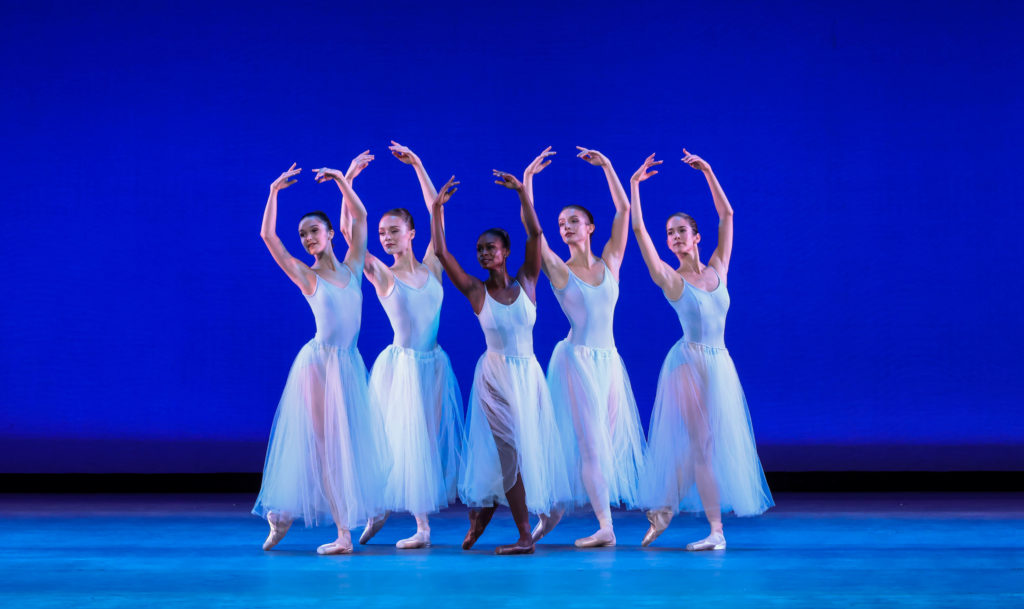
Prepping for Professional Life
Cayce Cavett, a student in the school’s Professional Training Division, feels similarly about TWSB’s ability to nurture its students. He attended TWSB’s summer program in 2021 and stayed for the year-round program that fall. “I felt like I stumbled on something accidentally when I got here,” he says, “like paradise hidden in plain sight.”
Though the support system of TWSB is no accident, Cavett may have been right that he’d stumbled upon paradise for budding ballet dancers. Xiomara Reyes, head of the school’s Professional Training Division, leads a program that emphasizes inter-level connection, a depth of performance opportunities and holistic attention given to each student.
“I find that it’s a very synergetic process,” says Reyes, whose career included years with American Ballet Theatre and National Ballet of Cuba. Each tier of the school provides its own pathway to professional life, including the summer programs at both the Upper Division and Pro levels. “Part of the faculty of the Pro program during the school year is training the Upper Level during the summer intensives,” Reyes explains. “We all keep an eye out, and we are very close together.”
Dancers like Sander and Cavett are examples of how this approach breeds success—both began at different levels and separate times of year, yet they each found the personal support necessary for pursuing ballet professionally.
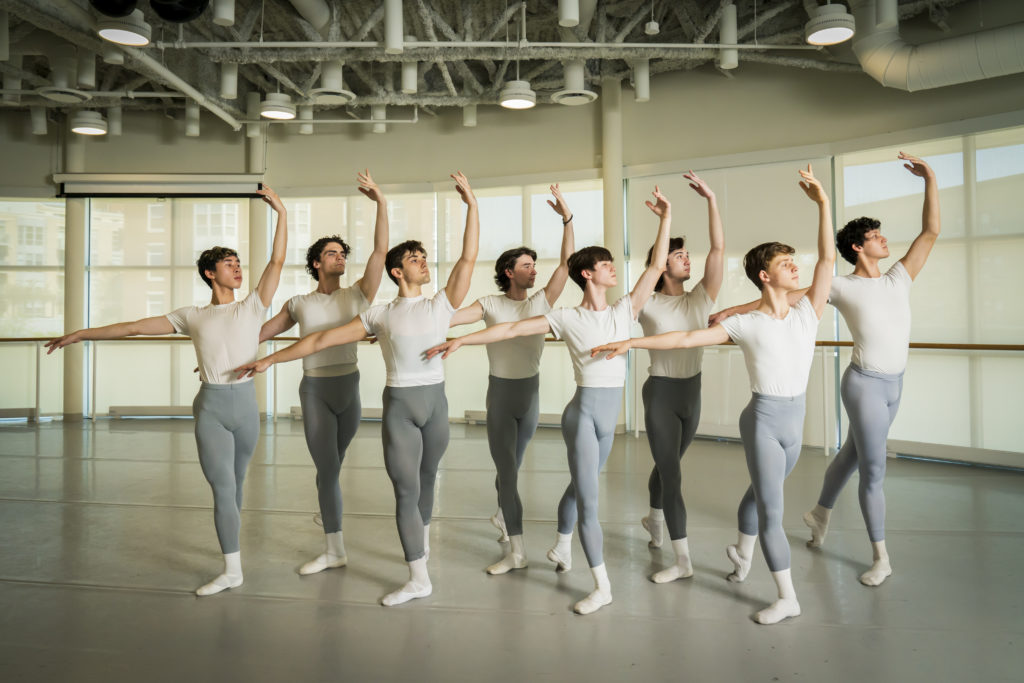
Variety Onstage and in the Studio
Sander saw much of her growth via the school’s performance opportunities with the company. “Not until I came here did I start to really love to perform,” she says, adding that The Washington Ballet is “so unique for how much they utilize the school in their performances.” Within the first month of her arrival in 2016, Sander was onstage with the company, gaining exposure to a professional schedule and building herself as an artist in front of TWB’s audience.
Of course, a company would not be able to use its students in performances if the school had not fostered confidence and technical skill offstage, as well. Though the summer and year-round programs include a range of supplemental classes, Cavett’s favorite has always been the mindfulness courses, taught by Reyes. He also notes how training with senior faculty member Rinat Imaev has been essential to his growth.
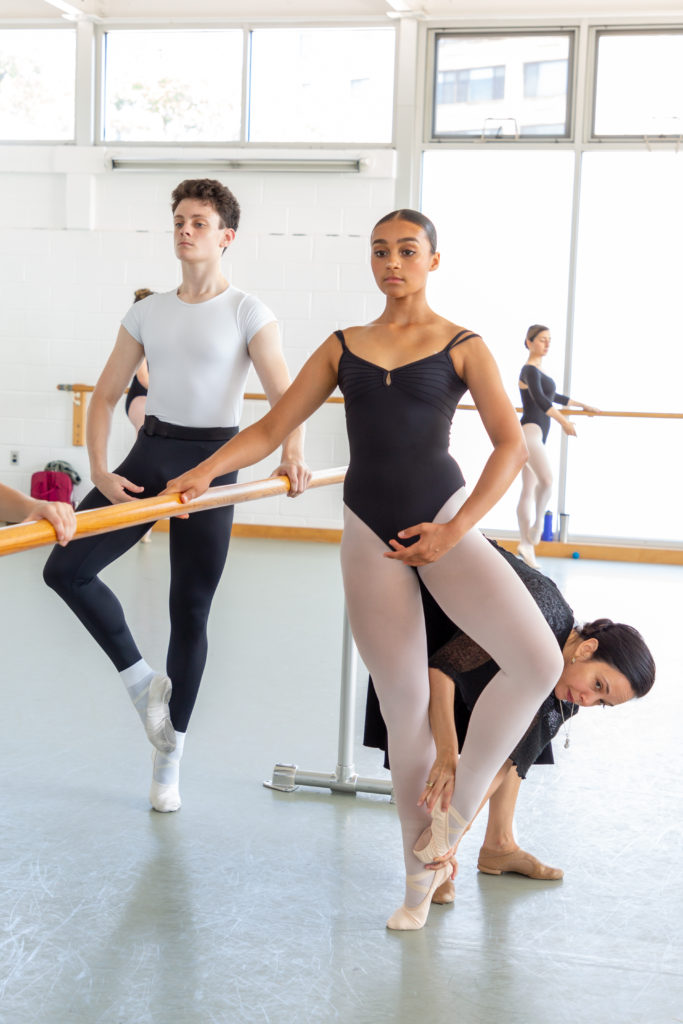
“I feel like I wouldn’t have found who I am as a dancer or as an artist without Ms. Reyes or Mr. Imaev,” Cavett says. The classes, he adds, “have really just changed the way I’ve thought about dancing, or even about myself, motivations behind dancing or being in a role.”
Beyond mindfulness, TWSB’s curriculum also includes education in flamenco, jazz, contemporary, conditioning and student choreography, on top of its traditional ballet technique and variations classes. All of these lay the foundation for professional life, and sometimes even open unexpected doors.
“I always thought of myself as a classical dancer,” Sander says, “but the first piece I did here was contemporary.” Sander adds that the experience built her confidence and technique, as have Edwin Aparicio’s flamenco classes, which have proven invaluable in character roles.
Train in the Nation’s Capital
If high-caliber training is the nucleus of TWB’s success, and the social support is its surrounding membrane, the electrifying cultural landscape of the company’s setting in Washington, DC, is the final layer of its well-structured artistic ecosystem.
“An artist has to be imbued in history and art,” Reyes says. Beyond the steps of TWB’s campus is the National Cathedral, where Sander often spends her free time. Also close by is The Kennedy Center, where the company performs; the district’s historic Georgetown neighborhood; and an enviable number of museums and monuments to explore. During the summer programs, students also have the option to stay in dorms provided by American University in the Spring Valley neighborhood, widely regarded as one of the best areas for students and young adults.
“It’s a beautiful place,” Reyes says—befitting of a beautiful program. For more information on The Washington School of Ballet, visit the webpages for its school-year and summertime training options.
